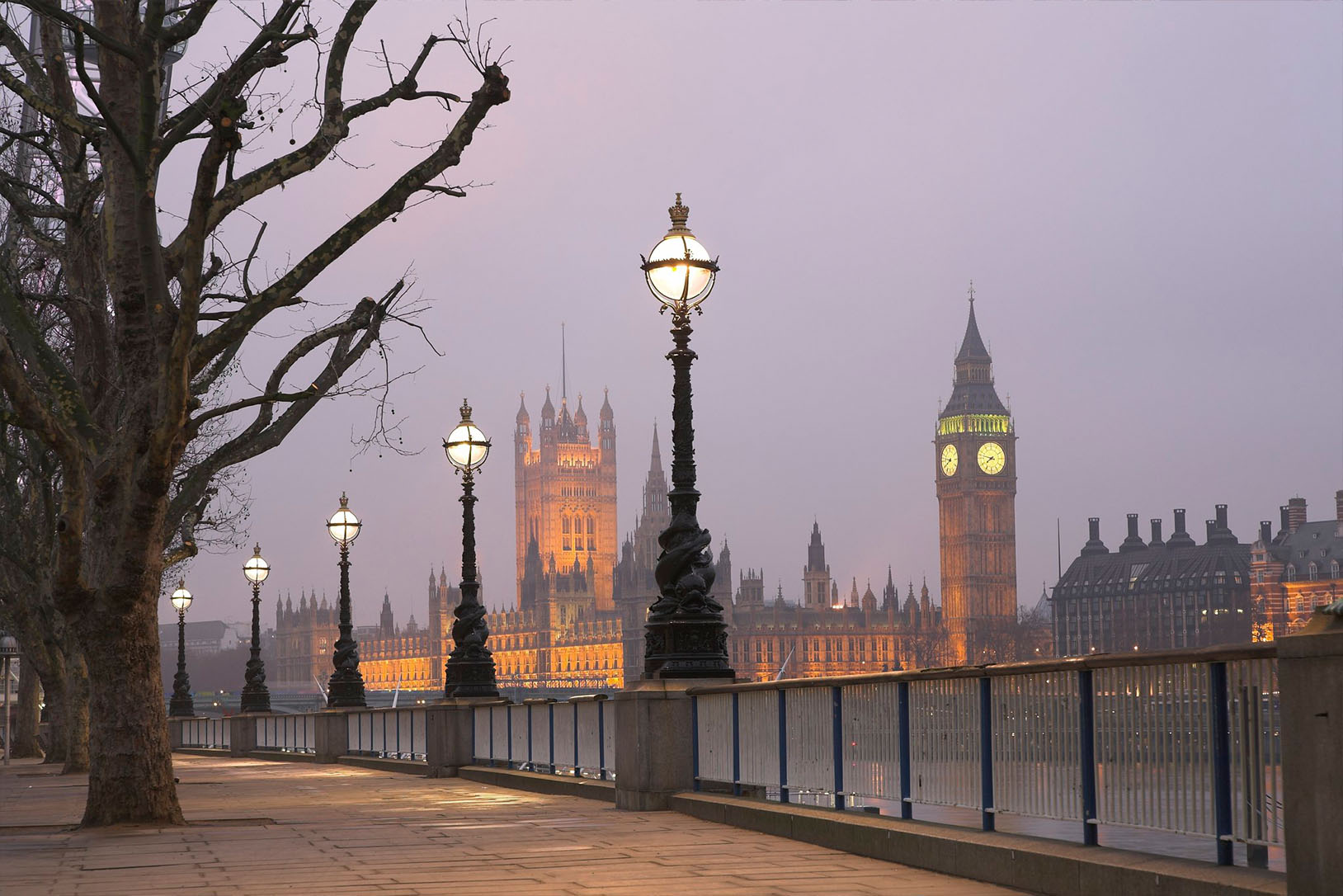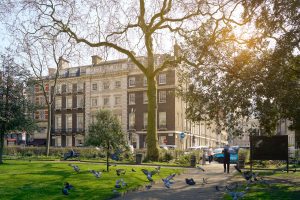London is home to many change-makers and famous individuals. So, when walking through the city’s lively streets you often, unknowingly, retrace the footsteps of the iconic individuals who once lived there, from Adele to Charlie Chaplin, to Queen Victoria. But in the spirit of National Book Lovers Day, we cannot recommend retracing the footsteps of anyone other than Charles Dickens, a London local and iconic literary hero.
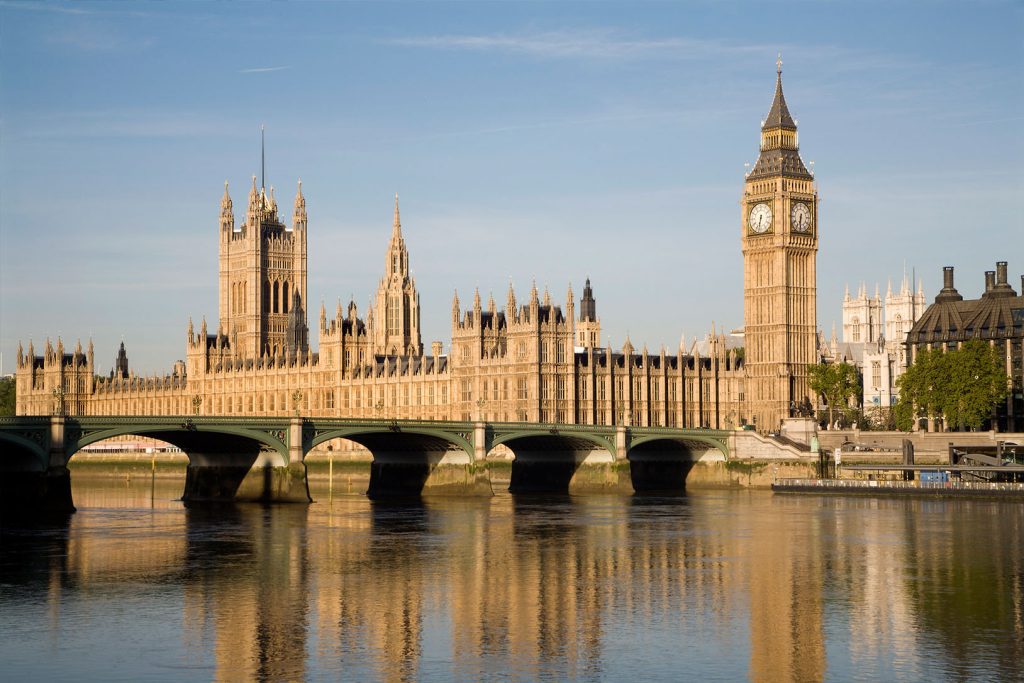
Not only did Charles Dickens redefine what we think of as the modern novel with books like A Christmas Carol, Great Expectations and A Tale of Two Cities – he also contributed a huge number of words to the English language for the first time. Words like ‘abuzz’ (filled with nose, usually indicating excitement), ‘butterfingers’ (clumsy), and ‘flummoxed’ (confused) were all coined by Dickens.
As a young boy, Charles loved nothing more than reading. His father was a clerk for the navy’s pay office and earnt enough money for his family to live a comfortable life. However, Charles’ father was irresponsible with his earnings and found himself thrown into prison for his debts when Charles was just twelve years old.
Charles, who had eight siblings, was the Dickens’ eldest son and the second oldest overall. Therefore, it was expected that he step-up and be there to support his family during his father’s difficulties. Charles’ mother and younger siblings lived at the prison with his father, whilst his elder sister remained in the rooms of her boarding school. Charles, however, was put to work. For ten hours a day, six days a week, twelve-year-old Charles was on his feet in a factory, sticking labels to bottles for a measly six shillings a week. To put it in perspective, that’s 72p!
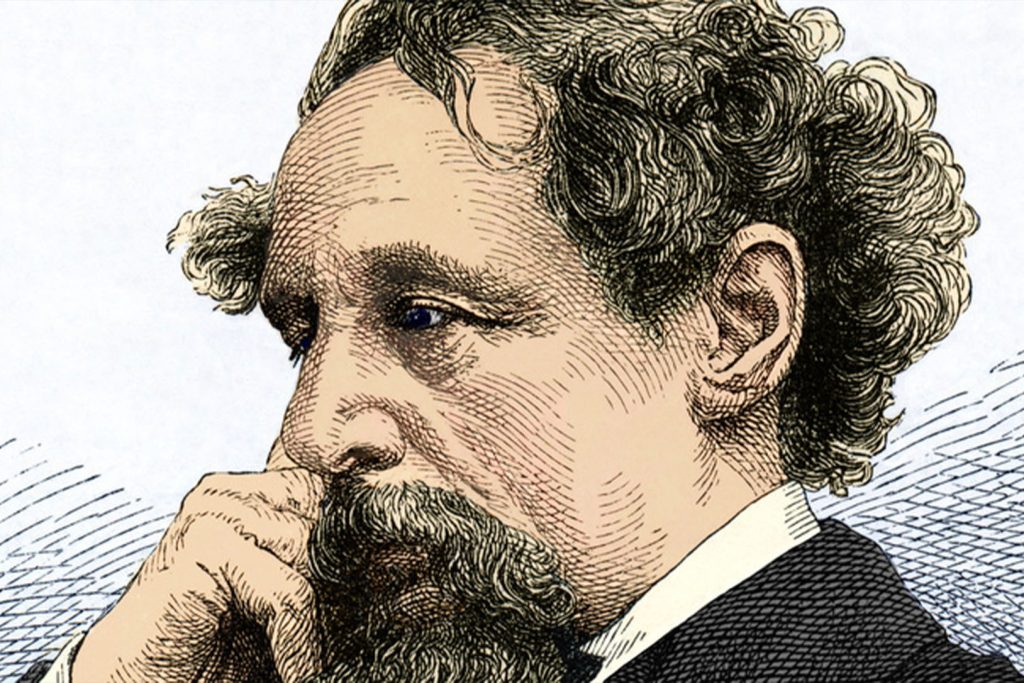
Being plunged into the harsh reality of life as a Victorian factory worker gave Charles a unique insight into the ways different groups of people experienced London. Although brief, this experience stayed with him throughout his life and influenced a lot of his work. Following his father’s release from jail later in the year, Charles was withdrawn from the factory and sent back to school.
Upon finishing his education Charles Dickens began to work as a political reporter and his career grew steadily from there. However, it wasn’t until 1836, when Dickens was 24, that the release of The Pickwick Papers launched him into literary stardom.
Over 100 years later his stardom remains. His novels are household names and almost no child grows up without seeing some rendition of A Christmas Carol or Oliver Twist at least once. Charles Dickens’ stamp on the world is as clear as ever.
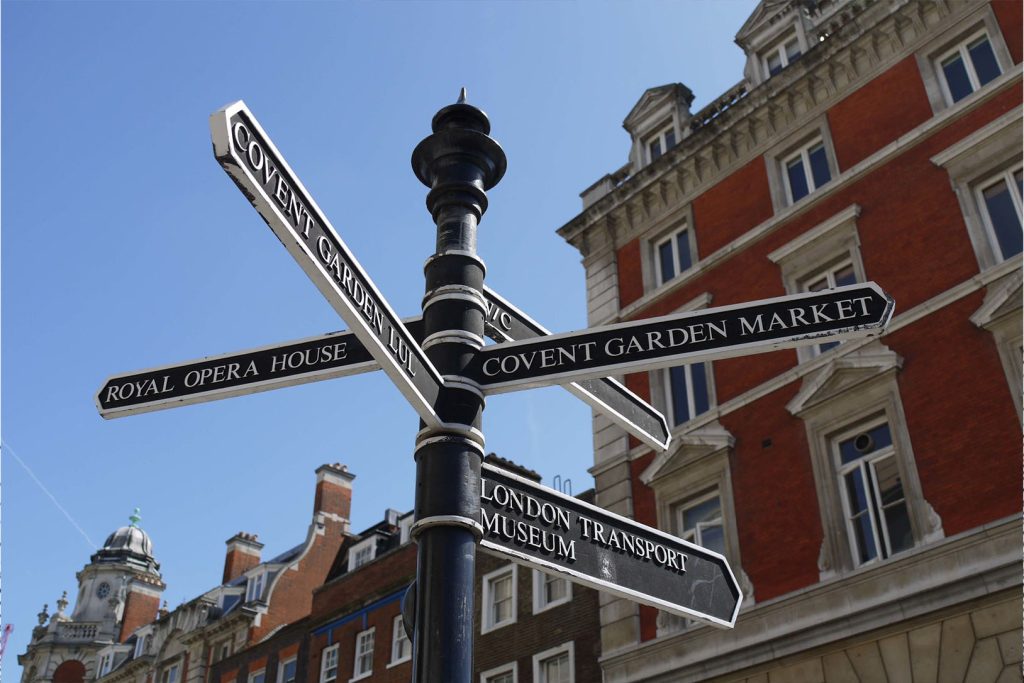
The Charles Dickens Museum was founded in the writer’s former home and is just a 15-minute walk from Guildhouse School. Visiting the home is like stepping back in time to Victorian London, as the house is set up to look how it would have when Charles lived there. Currently, there is an exhibit on which explores the thick, soup like fog that devoured London during Charles Dickens’ life and often featured in his work.
Whilst some of the London locations Dicken’s wrote about have been lost to time, there are just as many that are still standing. If you head to Covent Garden, which is a 15-minute walk from Guildhouse school, you’ll find a place filled with tourists and Londoners alike. There are restaurants serving every cuisine you can imagine and high-end shops filled with clothes, perfumes and tech. There are street performers waiting to dazzle the passing crowd and even rope onlookers into their act. This area has always been a hub for businesses and a lively part of London, although from Charles Dickens description of Covent Garden it is clear that’s the only thing that has remained the same.
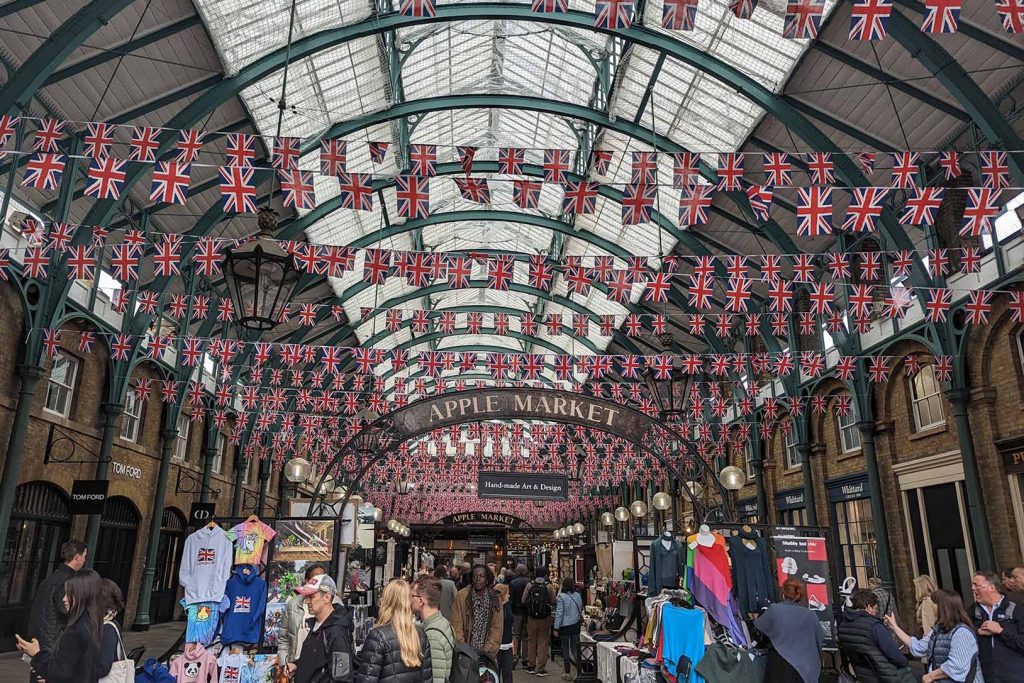
If you fancy adventuring further than your doorstep, there are lots of free walking tours which will guide you on a Dickensian themed exploration of London. Many of the places featured on the tour are also featured within Charles Dickens’ novels, so there is lots of inspiration to be found along such a walk.
Retracing the footsteps of London’s literary hero is a wonderful chance to enjoy an inspiring day in the capital, exploring the city that helped create one of Britain’s greatest writers.
